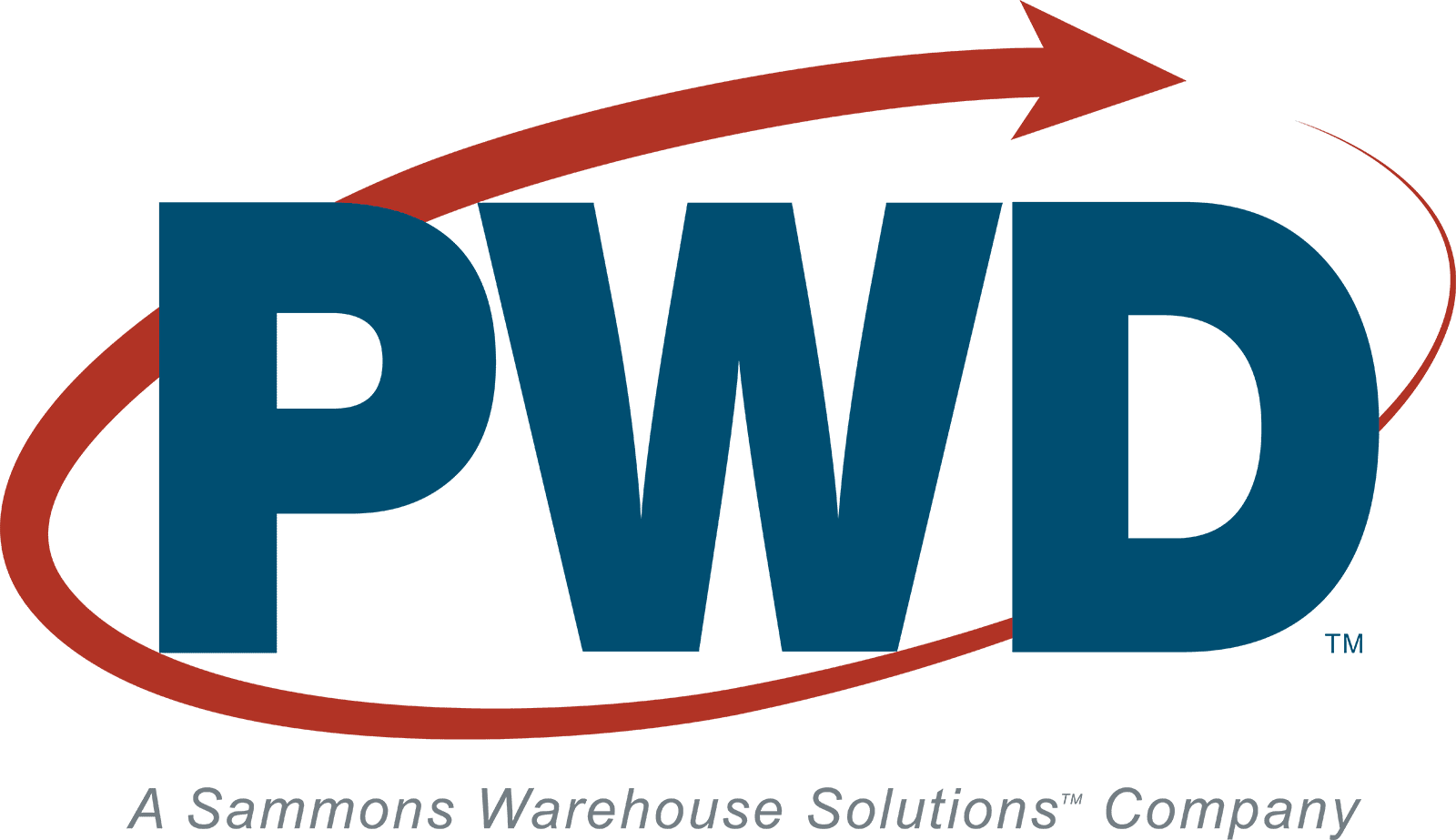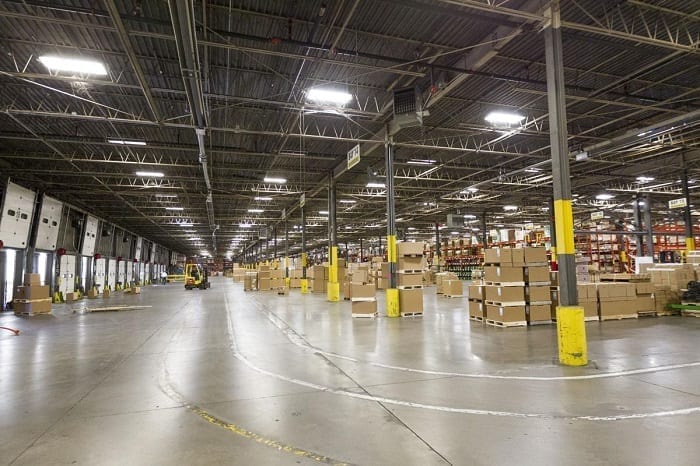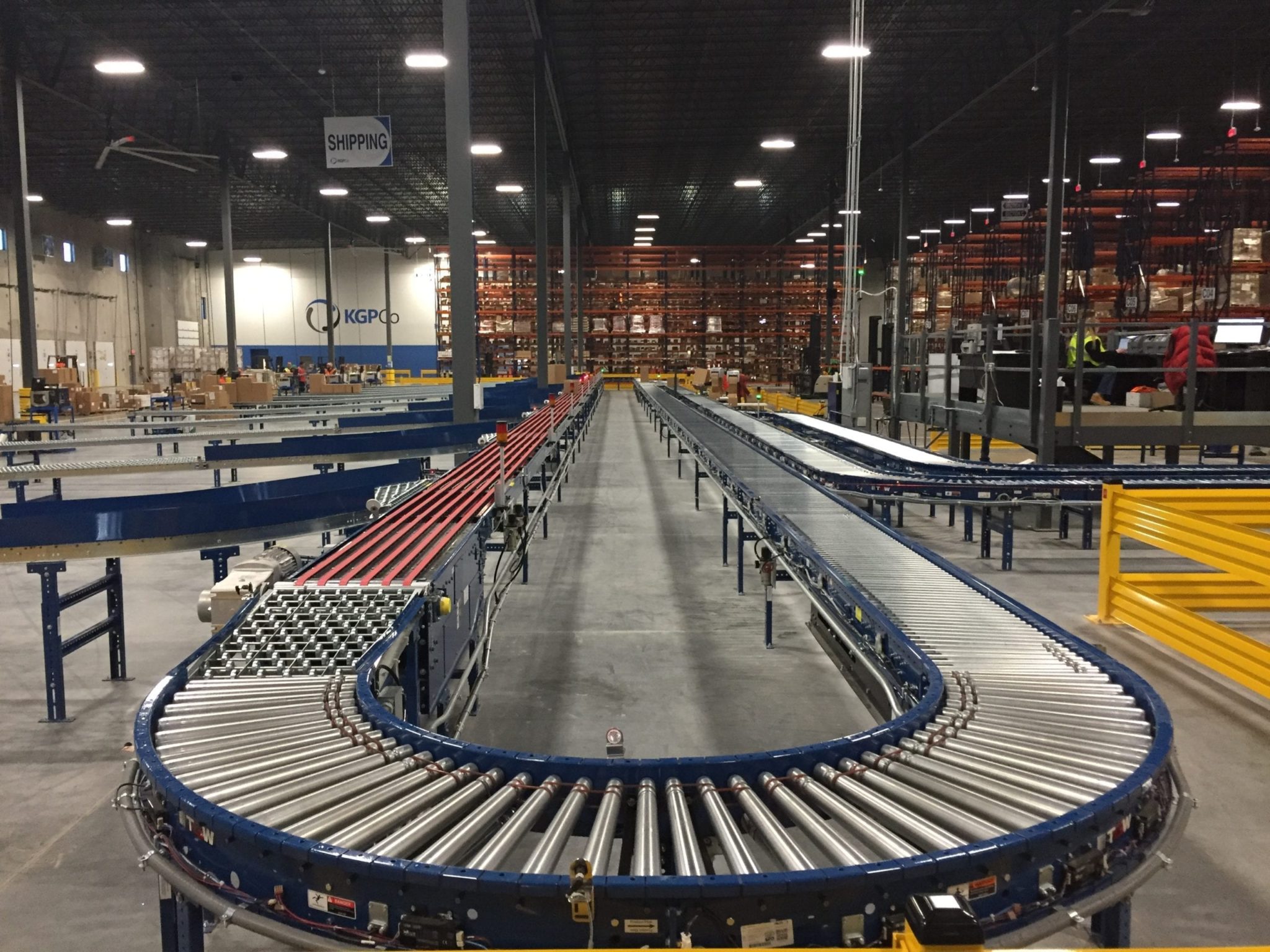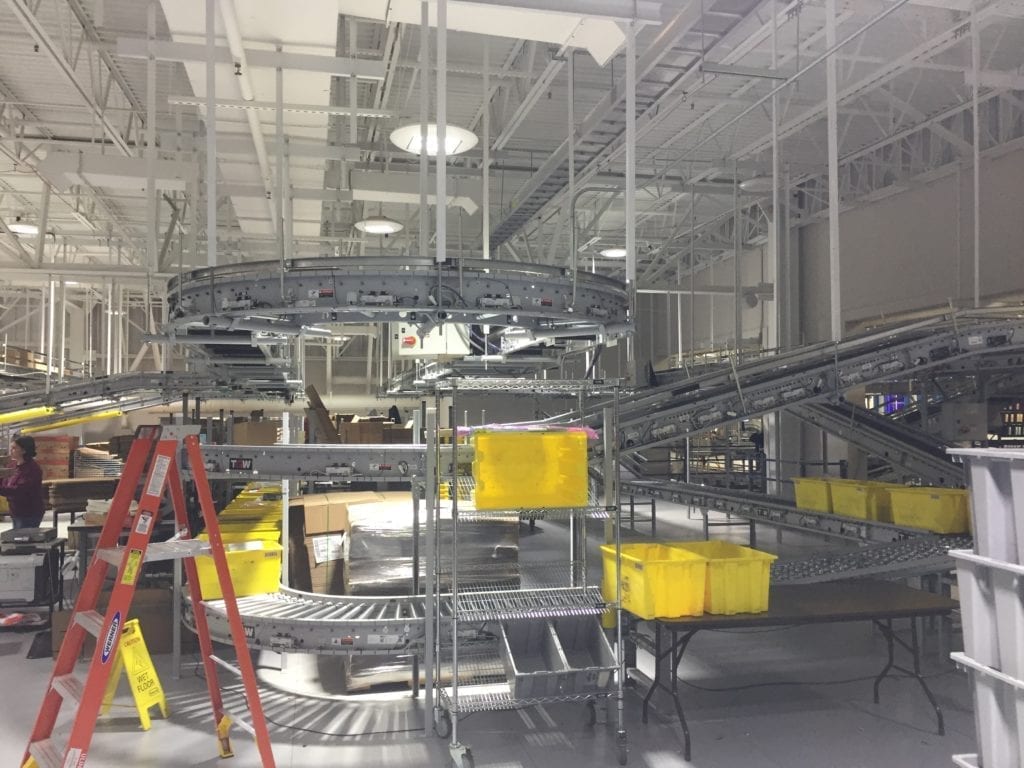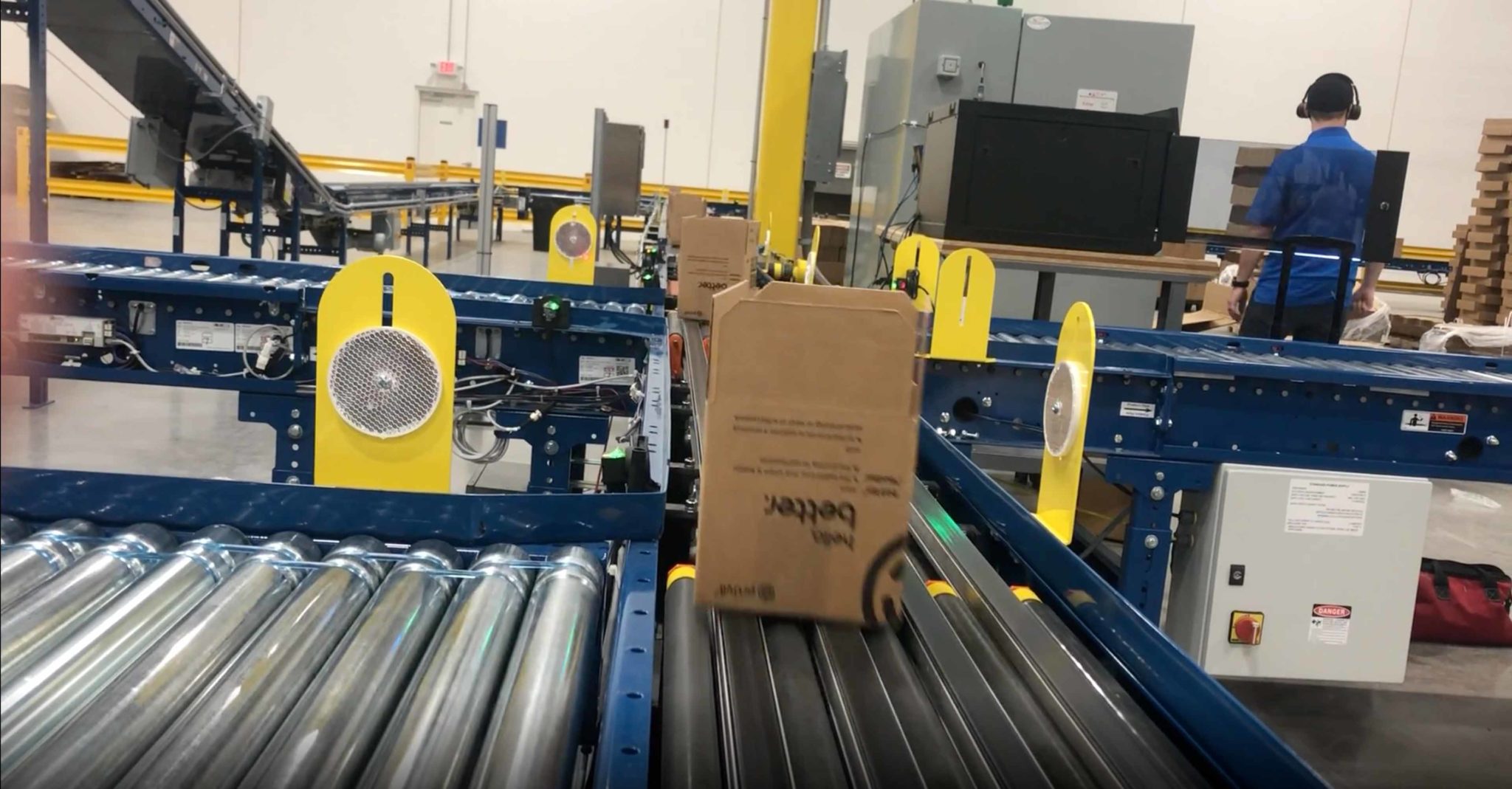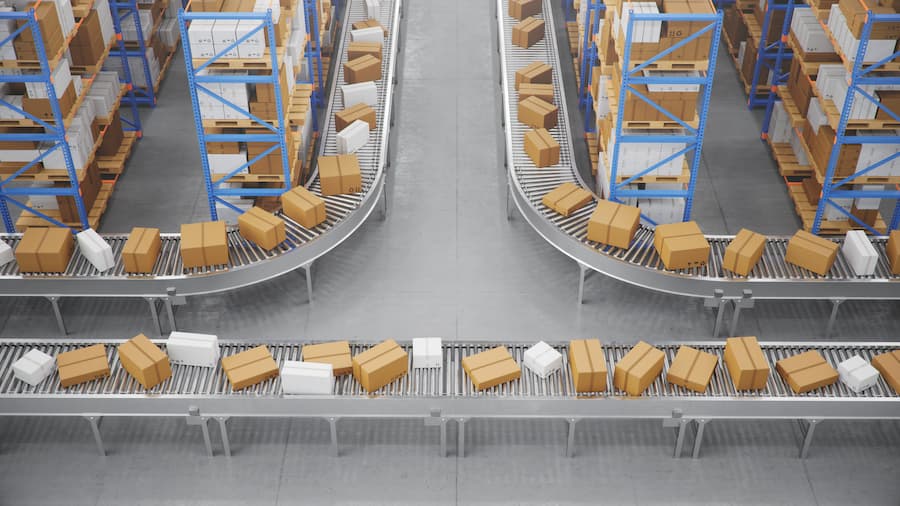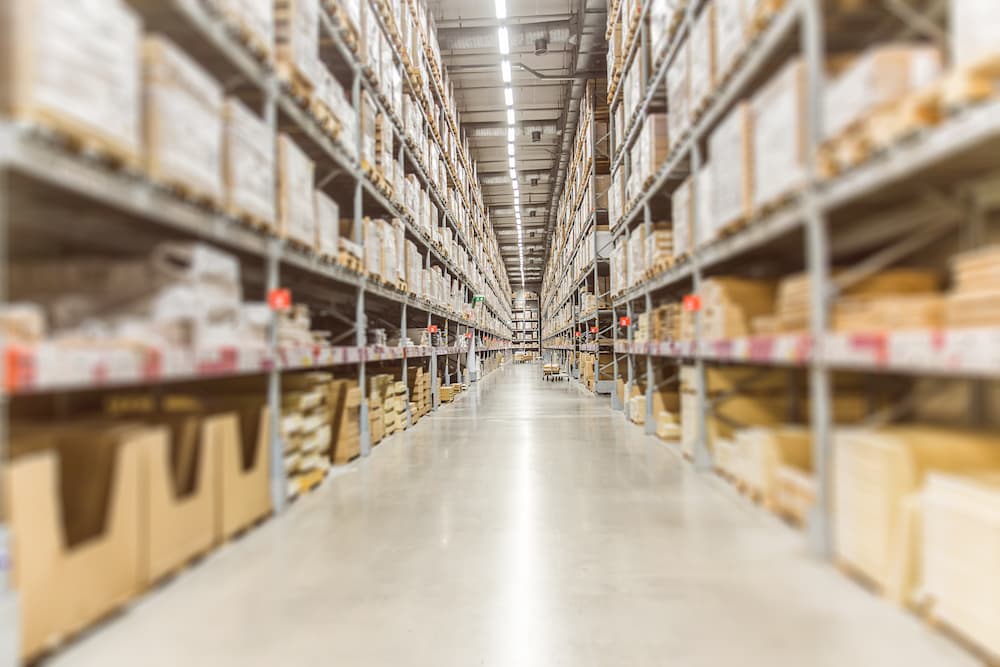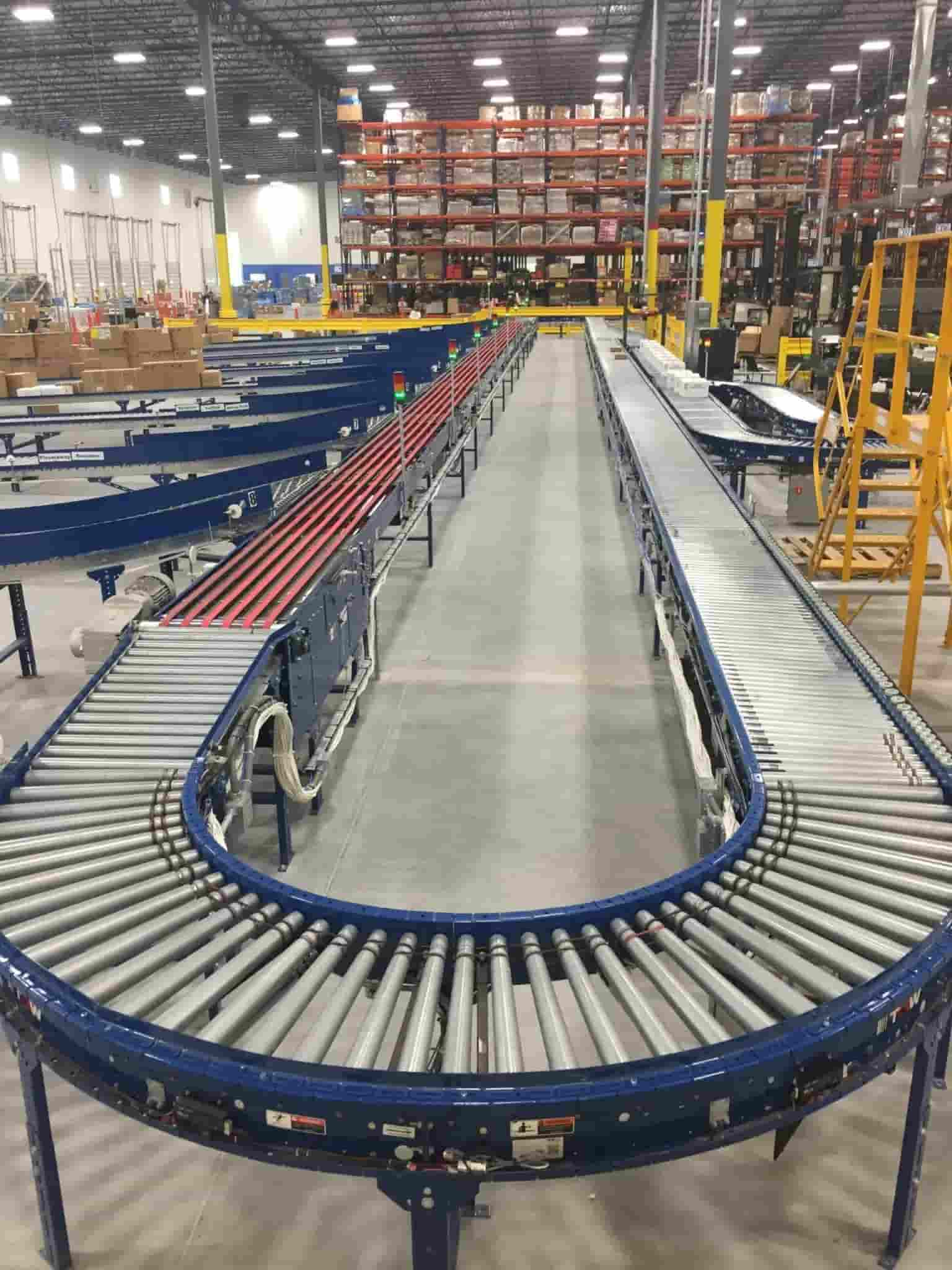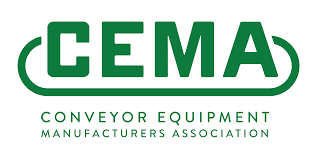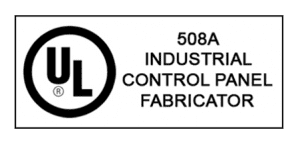One of the most important things you do in the order fulfillment process is order picking, which is when you select items from allocated storage sites in order to fulfill one of your customer’s orders. At Precision Warehouse Design, we’re familiar with all the different warehouse order-picking methods you can choose from and their pros and cons. If you’re interested in a tailored solution, explore our warehouse design services.
Find Your Preferred Warehouse Picking Method
From discrete picking to pick-to-box, there’s no shortage of approaches you can embrace for your warehouse picking process.
Batch Picking
One of the most common picking strategies is batch picking, which involves picking multiple customer orders up at the same time. This can maximize efficiency because you do not need to move back and forth for every order. This method can make it easy for your pickers and packers to mix up orders, though, so you’ll have to pay extra attention to packing and shipping.
Single-Order Picking
Single-order picking is by far the most popular order-picking methodology. Also called discrete picking, you might come to love this method because it reduces the risk of order mix-ups and makes it easy to sort and pack items. However, you’ll quickly learn that single-order picking can significantly extend the travel time you need to distribute orders and is less efficient than batch picking.
Zone Picking
Another method that can help you make your warehouse more efficient is zone picking, also known as pick and pass, in which you divide your warehouse into sections or “zones” devoted to specific types of items. For example, you could have an electronics zone with only electronic items. You then fulfill all the orders in one zone before you move on to the orders from the next zone.
This method thus keeps your warehouse running in an orderly manner without congestion, which can pose safety risks for your pictures. You will unfortunately find some downsides to this method, though, as it is not always easy to sort an item into one zone, and you could create more work for some pickers than others.
Wave Picking
When you have a large number of orders, you might choose wave picking for maximum efficiency. With this picking strategy, you group your customer orders into “waves,” which are batches based on common criteria or similar delivery deadlines. You then pick items within one wave before moving on to the next wave.
Wave picking can reduce your stress by streamlining the process of picking items, especially if you want to prioritize certain delivery time frames. However, you might find that wave picking is more complicated than other picking methods because you will need to sort the items accurately and ensure that there are no mix-ups.
Pick-to-Box
Finally, you might choose the pick-to-box method, in which a picker selects an item and puts it directly in the box for the order. This speeds up the packing process for you and reduces the risk of mix-ups during sorting. That said, it also can give you problems with setup, as you’ll need to have equipment laid out efficiently so that pickers can carry out this process. You’ll also have to ensure you train pickers on exactly how to follow this method to properly match items with their correct box.
Voice Picking
If you want to add more technology to your warehouse, voice picking is a great option. This method is a high-tech approach to order fulfillment, where pickers wear a microphone and headset to respond to verbal prompts about what items to pick. Voice picking keeps warehouse picking hands-free, but it can also require a time-consuming, costly setup.
Keep Your Customers Satisfied
When you select the right method, you can keep your customers satisfied in several different ways. When warehouse picking is done correctly, you are ensuring that the correct items are sent to the customer in a timely manner. Efficient, accurate product delivery is one of the main things that keeps customers happy.
You might not realize it, but warehouse picking strategy also has smaller effects on customer satisfaction. For instance, when you consistently deliver the right orders to customers in a short time, you reduce the number of complaints and customer service inquiries and help build a positive reputation for the company.
Make Your Life Easier With Warehouse Technology
In this age of high-power technology, we’re also seeing technological developments transform warehouse-picking methodologies. A warehouse management system (WMS) allows you to track everything in your entire warehouse, from the products on the shelves to what is coming in and out.
For example, you can keep track of zones to optimize the layout of the warehouse and ensure you are utilizing zones effectively. Using a WMS can make your life so much easier and lead to maximum efficiency as you can keep track of small details and avoid mix-ups. You can also use a pick-to-light system to help pickers visually identify items. Learn about our pick-to-light systems today.
Rely on Precision Warehouse Design for Your Tailored Solution
You need the right combined warehouse picking strategies for success, but it can be tough to determine which method to use for your warehouse’s needs. Luckily, our team at Precision Warehouse Design is here to help you discover the perfect pick solution. Contact us today to learn how Precision Warehouse Design can optimize your order-picking process with our expertly designed solutions.
FAQs
What Are the Key Differences Between Zone Picking and Wave Picking?
In zone picking, you assign pickers to specific zones based on product type to fulfill all orders of that type. For example, someone might be a picker in the home goods zone, and they are responsible for picking home goods items. Wave picking is different because it groups items into batches called waves based on specific criteria, like the date of delivery or the geographical location where the item is going.
How Can Batch Picking Improve Warehouse Efficiency?
Batch picking allows you to execute multiple orders at once instead of one order at a time. With this method, you can process and sort many at one time. You thus get more done in a shorter period of time and cut back on the number of times pickers need to travel to select items.
What Role Does a Warehouse Management System (WMS) Play in the Order Picking Process?
A WMS makes selecting items for orders so much easier because it allows you to see all of your inventory at once without having to send a picker to see what’s on the shelves. You also can easily assign pickers to certain parts of the warehouse and visualize the most efficient picking paths. You save time in planning and carrying out the picking process, making your work more efficient and your warehouse more productive.
How Can Picking Strategies Enhance Customer Satisfaction?
When you choose a picking strategy that optimizes efficiency and reduces the risk of hiccups, you are aiming for optimal customer satisfaction. Customers are happiest when their orders arrive quickly, correctly, and without any damage. The right picking process can ensure this happens and boost your reputation.
